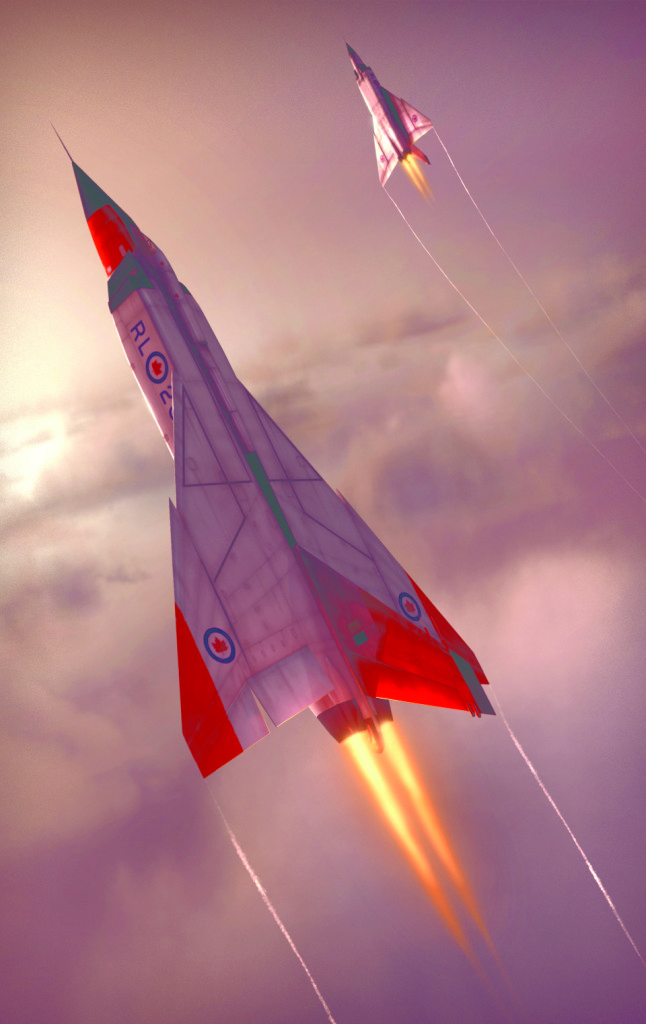And then it took an arrow to the knee
By Eric Wilkins, Staff Writer
There was recently an intriguing proposal floating around Ottawa regarding the ever-touchy subject of Canada’s Air Force: bringing back the Avro Canada CF-105 Arrow. The Avro Arrow was a highly advanced Canadian interceptor that was dreamt up in the ‘50s and despite the extreme enthusiasm behind the project, it was ultimately scrapped by Prime Minister John Diefenbaker on February 20, 1959.
Retired Major General Lewis MacKenzie had this to say in promoting the resurrection of the interceptor: “It’s an attack aircraft. It’s designed for attacking ground targets and its stealth is most effective against short-range radar, protecting ground targets. What we need in Canada is something that can go to the edge of our air space, from a sovereignty point of view, and be able to catch up with intruders.”
Unfortunately for Mackenzie and other supporters of the resurrection, Harper’s government saw the situation a little differently. “While we appreciate the sentimental value of the Avro Arrow, which was cancelled 53 years ago, analysts looked at the proposal and determined that this is not a realistic option,” said Associate Minister of National Defence Bernard Valcourt. “The proposal to develop, test, and manufacture what would effectively be a brand new aircraft is risky, and would take too long and cost too much to meet Canada’s needs.”
I’m a proud Canadian. Whenever there’s an opportunity to toot our country’s horn, whether it be for a medal in the Olympics or simply why maple syrup is the greatest thing since sliced bread, I like to take it. The Avro Arrow was well before my time, but its legend has lived on. And so, despite it being long before I came into being, I feel proud of the Arrow; to quote Valcourt, there is “sentimental value.” However, sentimental value isn’t enough to sway a multi-billion dollar decision. I loved my baby blue onesie when I was a little kid, but that doesn’t mean I’m going to strut around campus in a similar clothing choice just because of the warm memories it would bring back. The point of the matter is, the Arrow is a 53-year-old aircraft. It really doesn’t matter how advanced it was for its time because 53 years means a massive leap in research and technology improvements.
The estimates for updating and producing the interceptor are supposedly quite reasonable (less than $12 billion), or at least cheaper than the F-35’s ($16 billion), but this figure is difficult to believe. I’m no aerospace engineer, but I imagine that there would be a great many things to change on the aircraft, and not many things that could be left the same. While it wouldn’t quite be starting from scratch, it would still be an expensive endeavour to get it up to speed. On top of this, since when have estimates ever been accurate? I recall the F-35’s being significantly less a year ago than they are now. Given the choice, I’d much rather have a proven, brand-new, top-of-the-line fighter than a revived Canadian relic that could conceivably cost more.

